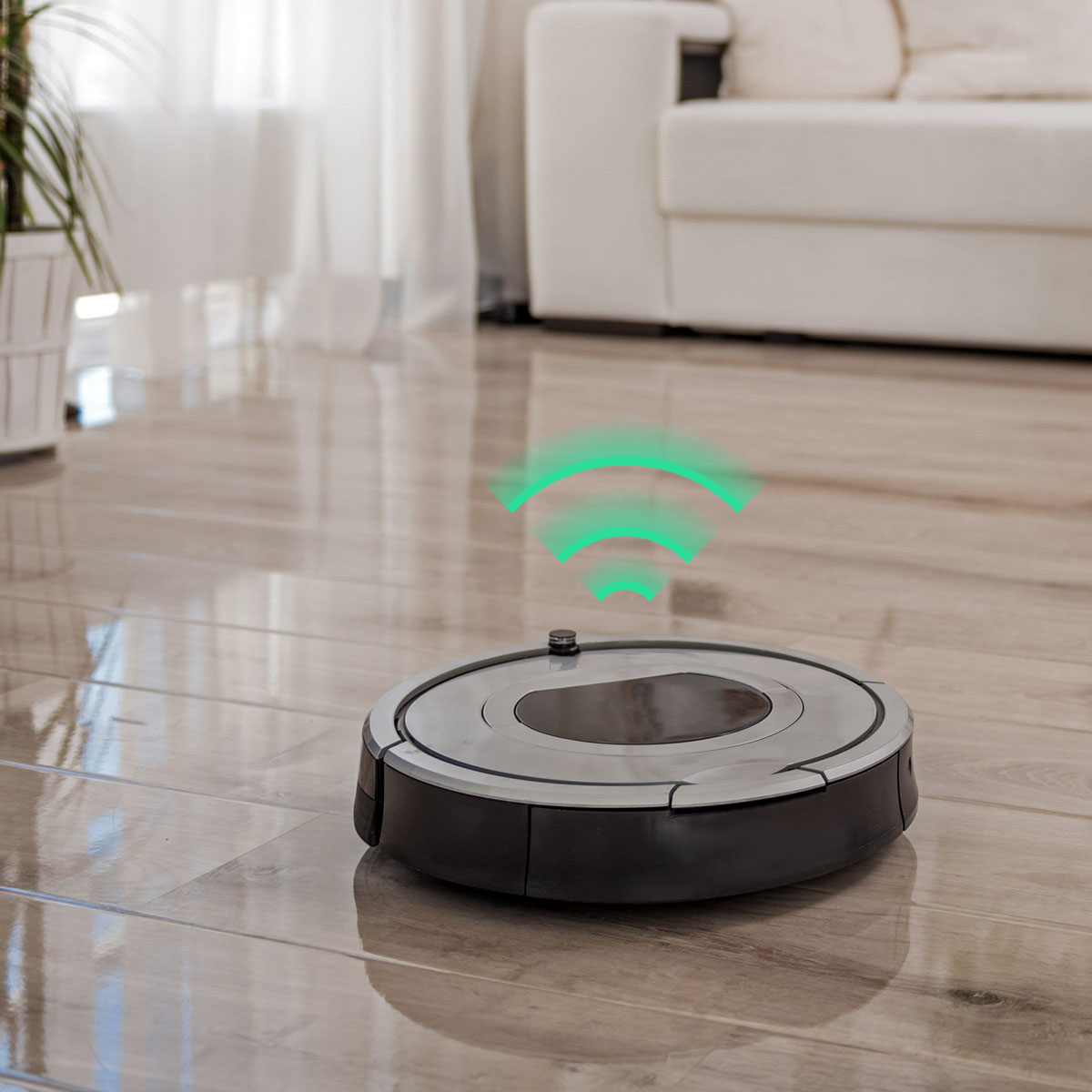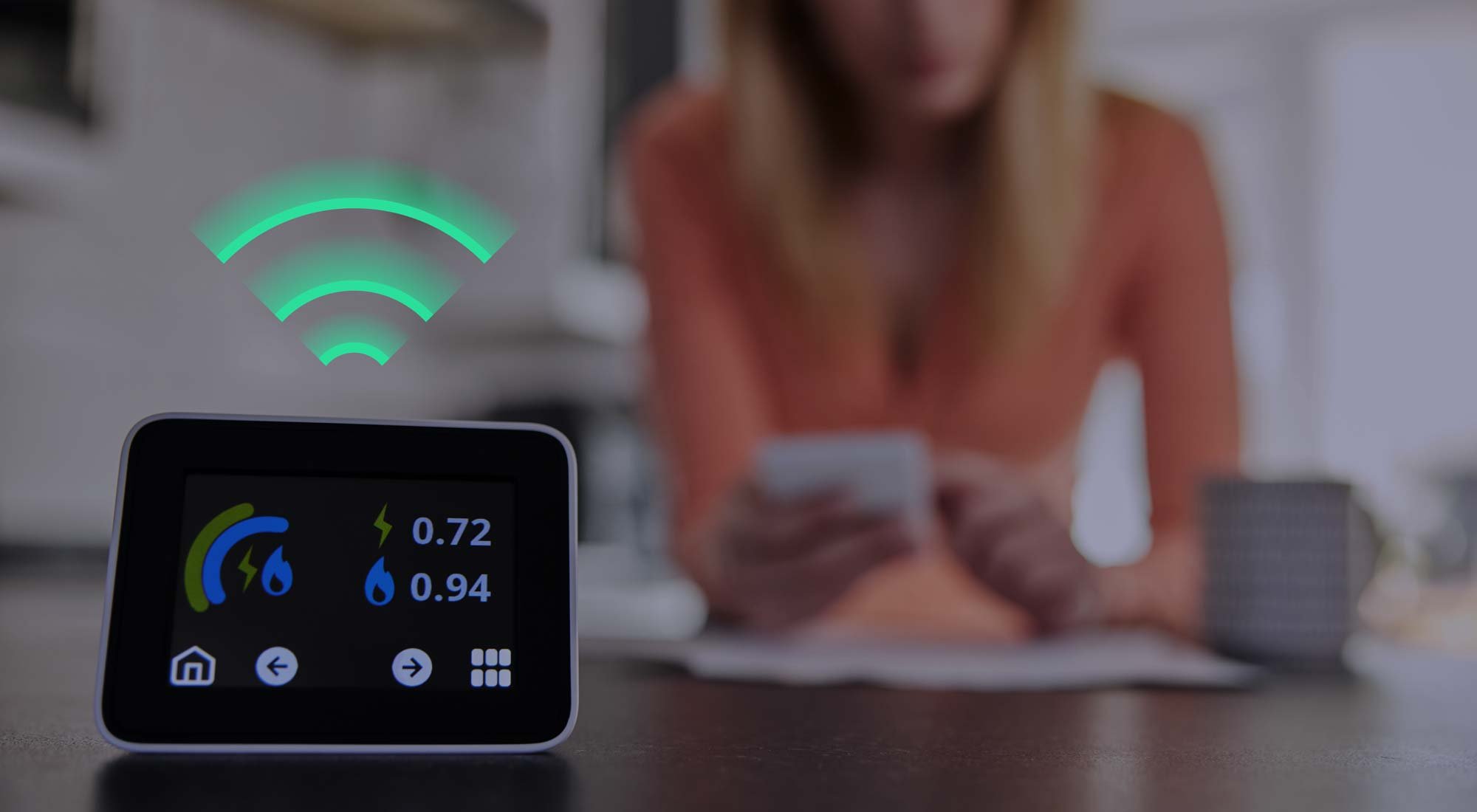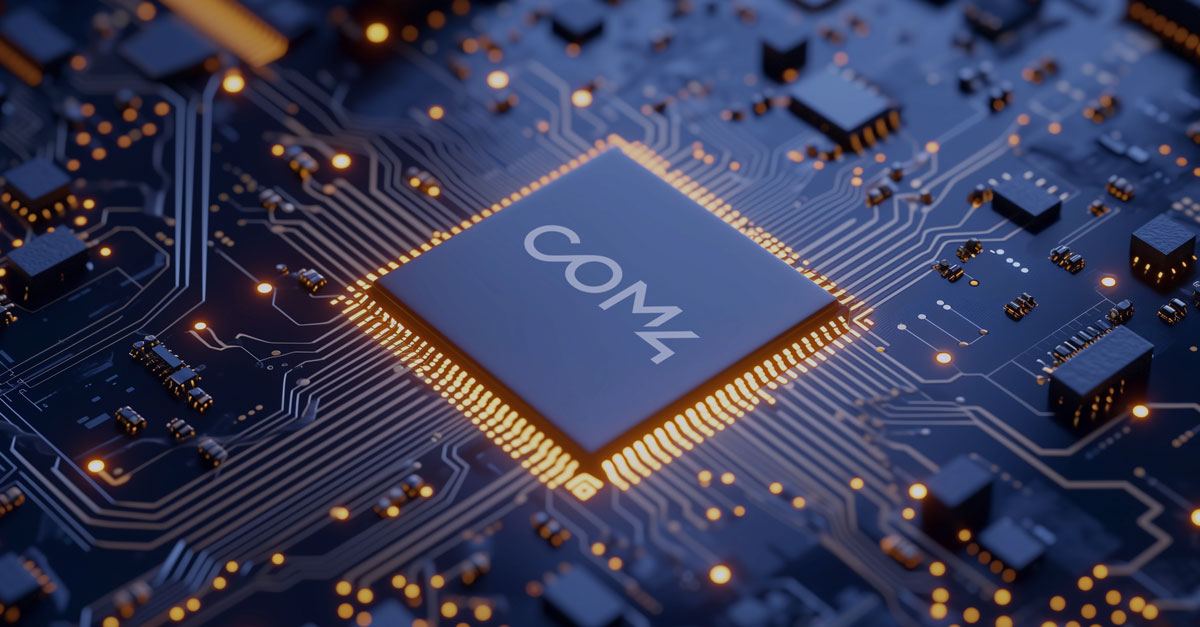According to a report by Statista, the global smart home market is expected to reach USD 231.6 billion by 2028, growing at a CAGR of 10.22% from 2024 to 2028, as more households adopt IoT-based automation solutions.
What is IoT home automation?
IoT (Internet of Things) home automation is about connecting everyday devices - like lights, thermostats, cameras, and appliances—to the internet so they can communicate with each other and automate tasks.
These smart devices can be controlled remotely through smartphones or voice commands or even work automatically based on your preferences.
For example, your smart thermostat can learn when you usually come home from work and start cooling your house just before you arrive. Similarly, smart lights can turn off when no one is in the room, helping you save energy..jpg?width=1200&height=628&name=home-automation-3%20(1).jpg)
How IoT powers a smart home ecosystem?
The magic behind home automation lies in how devices sense, communicate, and act. Here's how it works:
Sensors, actuators, and hubs
Sensors detect changes - like motion, temperature, or light levels. Actuators are the parts that take action, such as turning on lights or adjusting blinds. These devices connect to a central hub or your smartphone to create a unified smart home system.
Connectivity: Wi-Fi, cellular IoT SIM cards & 5G
Most smart home devices use Wi-Fi for connectivity. However, in large homes, remote properties, or areas where Wi-Fi is unreliable, IoT SIM cards provide a more stable solution. They enable devices like smart security cameras and door locks to stay connected using cellular networks, ensuring continuous operation even when Wi-Fi fails.
As 5G networks expand, smart homes will benefit from ultra-fast, low-latency connections. This will make real-time automation smoother, especially for devices that need constant updates, like surveillance systems and energy monitors.
AI and predictive automation
Advanced smart homes use AI (Artificial Intelligence) to learn user habits and automate routines. For instance, the system may notice you dim the lights and play soft music every evening, and soon it will start doing this automatically.
Key benefits of IoT home automation
Here’s how IoT home automation makes life better:
Energy efficiency
Smart thermostats, lighting systems, and appliances help reduce energy consumption. Devices turn off automatically when not in use, lowering electricity bills.
Enhanced security
Smart cameras, motion sensors, and IoT-enabled door locks offer 24/7 home monitoring. With IoT SIM cards, these devices can maintain cellular connectivity, providing alerts even when Wi-Fi is down.
Convenience & comfort
With a few taps on your phone or voice commands, you can control lights, adjust temperatures, or even start your washing machine.
Accessibility
Smart homes are a boon for elderly or differently-abled individuals. Voice assistants and automated systems simplify daily tasks, making homes more inclusive.
5 popular IoT devices for home automation
Let’s look at some of the key devices that bring automation into homes:
Smart lighting & climate control
- Smart bulbs that adjust brightness and colour based on the time of day.
- Smart thermostats that learn your schedule and optimise energy use.
- Automated blinds that open and close depending on sunlight.
- Smart ceiling fans with occupancy sensor.
Smart security systems
- Video doorbells with live video feed and two-way communication.
- IoT-powered security cameras with remote access through IoT SIM cards.
- Smart locks that allow keyless entry.
- Motion detectors that trigger alarms and send alerts.
Smart appliances and entertainment
- Voice-controlled speakers and entertainment systems.
- Smart refrigerators that track inventory and suggest grocery lists.
- Smart ovens and microwaves that can be pre-heated remotely.
- IoT-enabled washing machines and dishwashers with cycle alerts.
Smart energy management
- Smart plugs to control power usage of connected devices.
- Energy monitoring systems for tracking consumption patterns.
- Smart water leak detectors to prevent damage.
- EV (Electric Vehicle) chargers that optimize charging schedules.
Health and wellness devices
- Smart air purifiers that monitor air quality.
- Sleep tracking devices integrated into smart beds or wearables.
- Automated indoor gardening systems for growing herbs and veggies at home.
Challenges and risks in IoT home automation
While smart homes offer many benefits, they also come with challenges:
Data privacy and security
Smart devices collect and transmit data. Weak security can make them targets for hackers. Choosing devices with strong encryption and using IoT SIM cards with secure cellular networks can reduce these risks.
Device compatibility
Different brands often use different protocols, making it hard for devices to communicate. This can be solved by using universal smart hubs or ecosystems that support multiple standards.
Internet dependence
Most smart devices rely on internet connectivity. Using IoT SIM cards in critical devices like security systems ensures they remain operational even if Wi-Fi fails.

Emerging trends in smart home automation
The future of smart homes looks even more exciting with these trends:
- Voice and AI Assistants: Systems like Alexa and Google Assistant will become more intuitive, understanding user behavior and automating tasks accordingly.
- Green IoT Solutions: Energy-saving devices and integration with solar energy systems will become standard.
- DIY Smart Home Kits: More users are adopting modular, easy-to-install smart home solutions.
- Blockchain Security for IoT: Enhanced privacy through decentralized networks is on the rise.
- 5G-enabled Smart Devices: Faster speeds will allow real-time automation without lag, especially for bandwidth-heavy applications like security video streaming.
The future of IoT in home automation
In the coming years, IoT will move beyond individual devices to create fully connected ecosystems.
Homes will have predictive automation, where devices understand your needs even before you give a command.
Smart communities where homes are connected to share resources, optimize energy, and improve neighborhood security are on the horizon. IoT SIM cards and 5G networks will be the backbone of these large-scale smart ecosystems, providing seamless connectivity across devices and locations.
IoT home automation is transforming how we live, making homes more intelligent, energy-efficient, and secure. While challenges like data privacy remain, the integration of secure IoT SIM cards and faster 5G networks ensures that smart living is becoming more reliable and accessible.
As IoT technology evolves, homes will not only respond to our commands but will anticipate our needs, creating a seamless and personalised living experience.
FAQs
How does IoT home automation work?
Are smart home devices secure?
Security depends on device encryption and network safety. Devices using IoT SIM cards with secure cellular networks are less prone to Wi-Fi hacking.
Can IoT automation save electricity?
Yes, smart devices like thermostats, lights, and appliances optimise energy usage by automating shut-off times and tracking consumption.
Do all smart devices need a hub?
Not necessarily. Some devices operate independently through apps, while others require a central hub for improved integration and automation.
What are the most common IoT devices used in homes?
Smart lights, thermostats, security cameras, smart speakers, and appliances like fridges and washing machines are commonly used.

 CASE STUDY
CASE STUDY









